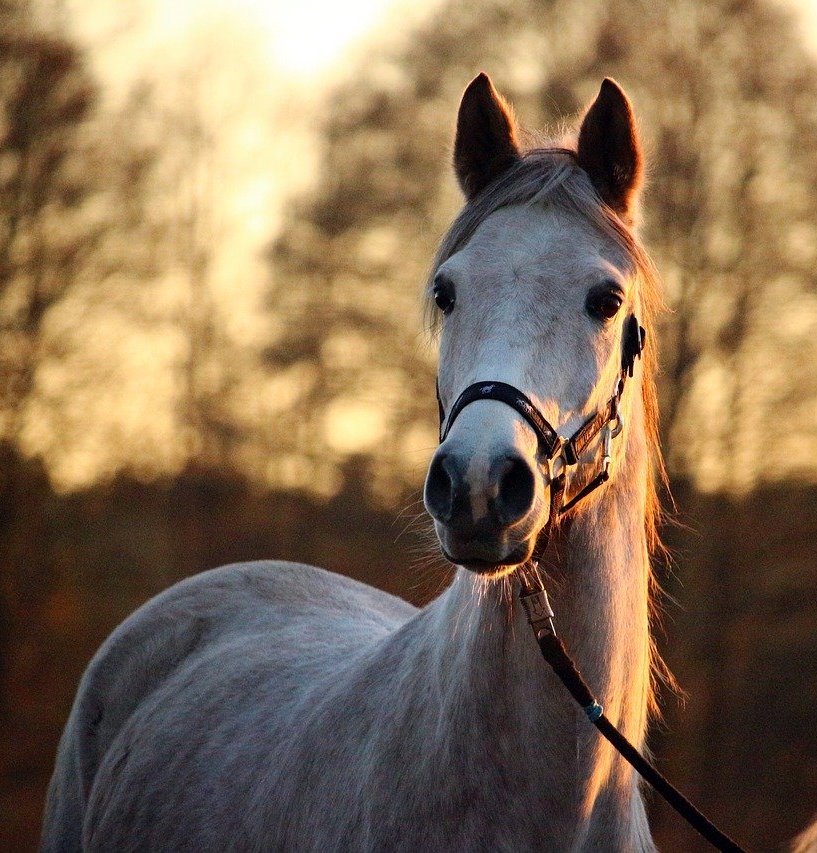
Horse Incinerator
Horse owners, ranch owners, rescuers and veterinarians often face the challenge of deciding how to handle cremation of their horses at the end of their lives. When a horse dies naturally or is euthanized, the most efficient humane options for the proper disposal of animal carcasses are rendering, composting and incineration.
There are roughly 1.2 million unwanted dogs, 1.4 million unwanted cats and many thousands of horses that are euthanized every year.
Horses die in race tracks, in breeding farms and in ranches. It appears that in the U.S., close to 500 thorough breed racehorses died in 2018. In Australia, there were more than 120 horses that died on the tracks. It appears that hundreds of race horses die in the track each year.
In addition, there are horses sent to slaughter houses for various other reasons.
Rendering:
Rendering is not always an easy to get done and it is also expensive.
Landfills:
There is certainly an alternative of burial, but not all landfills accept animal carcasses especially horses for burial. Burial sites have to be carefully located far from wells and streams and other water bodies. In these days, with shortage of land, it becomes a big issue to find burial sites for horses.
Composting:
This is legally possible in countries like USA, but in most others, it appears that livestock composting has not become common.
Incineration:
Incineration of the horse carcass is considered as one of the most environmental friendly solutions for its disposal, because it is very fast and cost effective, safe and sterile incineration is preferred and ash can be buried or sent to a landfill or returned to the owner in an urn.
Many horse owners and horse rescues prefer incineration of dead horses as an acceptable way of retiring the body. Hence, having a large animal cremator or animal incinerator is important. In this context, Haat’s model ACR with a range of 150 kg/h to 500 kg/h and with a weight acceptance of 250 kg to 1000 kg holds a lot of promise to people facing this unique problem of how to dispose of a dead horse.
The ACR model has many features including;
• Dual hearth for burning of the solid carcass and liquid fats
• Automatic loading arrangements
• Dry and wet scrubbing as well as bag filter options
• Time tested and proven design
Having supplied ACR incinerator models as well as the smaller ADR version to many Animal Farms, Veterinaries especially Animal Houses, Hatcheries, Poultries, Zoological Parks, etc., Haat offers their ACR incinerator model for the disposal of the dead horses, as it can solve the problem admirably.


